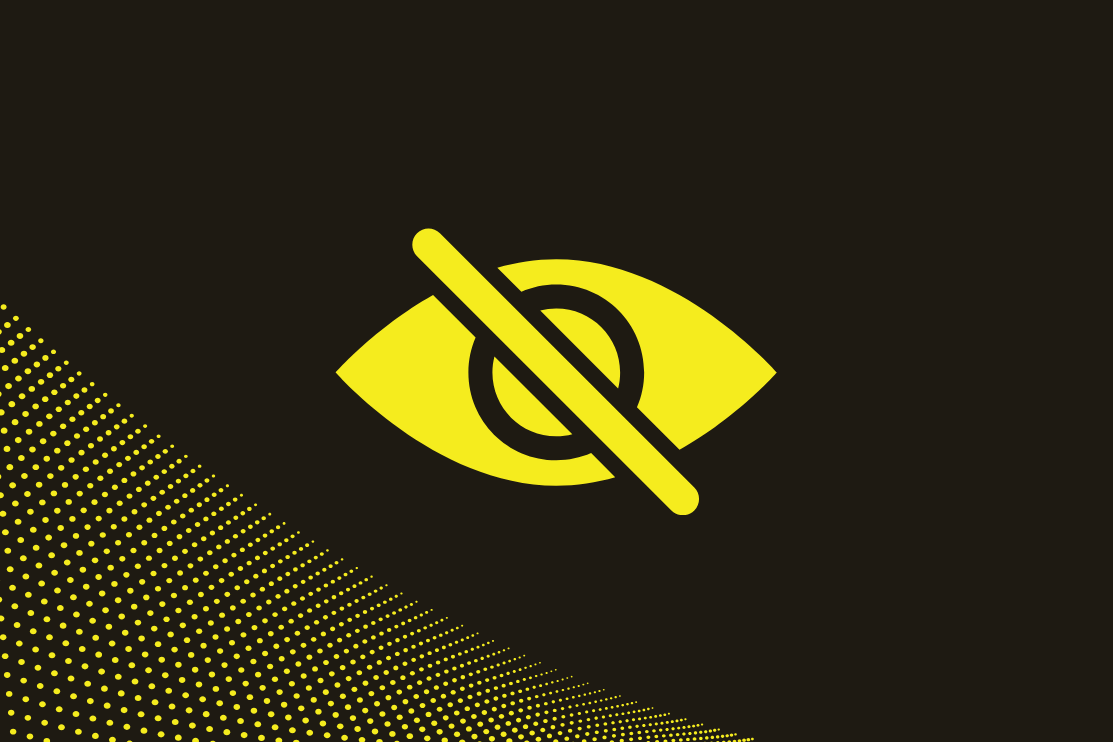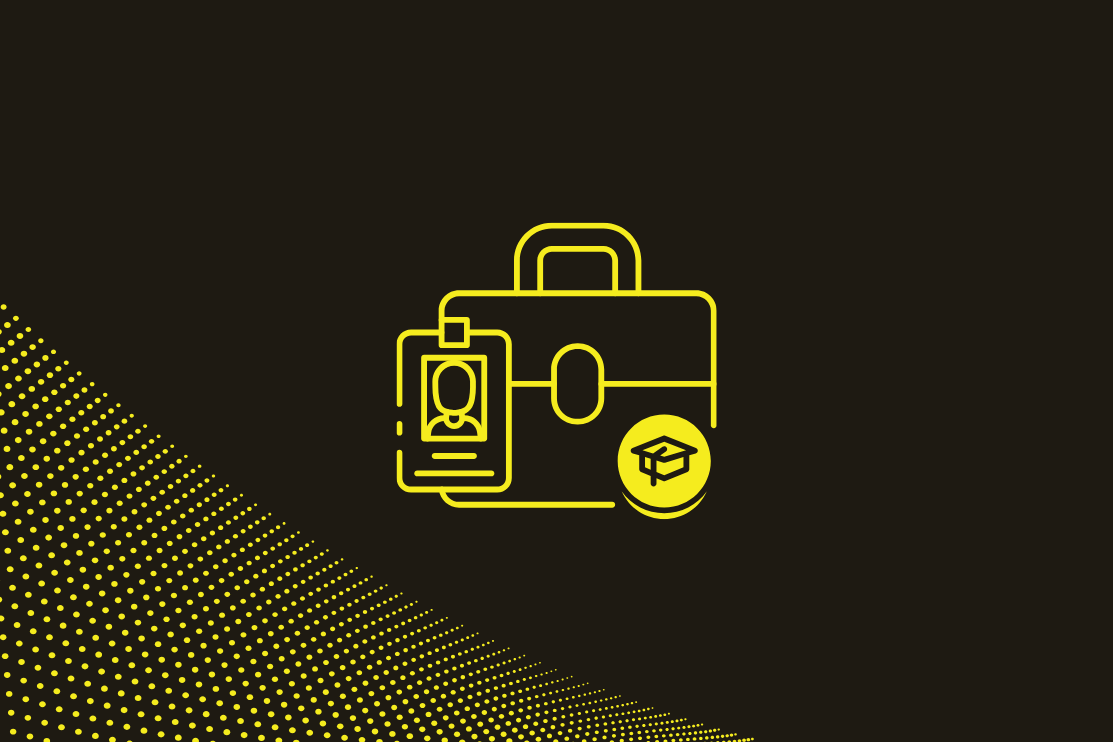Portrait of a Graduate: Building an Infrastructure to Get from Vision to Reality
Portrait of a Graduate: Building an Infrastructure to Get from Vision to Reality
Portrait of a Graduate: Building an Infrastructure to Get from Vision to Reality
Portrait of a Graduate: Building an Infrastructure to Get from Vision to Reality
Portrait of a Graduate: Building an Infrastructure to Get from Vision to Reality
Portrait of a Graduate: Building an Infrastructure to Get from Vision to Reality
Don't miss our breakout sessions!
Book time with our team on-site!
Our team is excited to meet you. Book a time that works best.


What is a Portrait of a Graduate?
Over the past several years, many districts, and some states, around the country have developed and published a vision of what their high school graduates know, the skills they have, and the attributes they intend for each graduating student to possess. These documents go well beyond graduation requirements documented on a transcript, a resume of activities, or other traditional gauges for college readiness.
These documented visions–known as a “Portrait of Graduate”--combine traditional quantitative metrics and achievement gauges with narratives describing a holistic picture of what students are prepared to undertake immediately after graduation, advocacy for lifelong values and interpersonal competencies, and additional aspects of being a self-sufficient, civically engaged, and happy person throughout their life. In short, they capture the true aspirations and goals districts are working to accomplish over the years between a student entering Kindergarten and graduating from high school.
Creating a Vision: Developing a Community’s Portrait of a Graduate
As of November 2024, approximately twenty states had published a version of a “Portrait of a Graduate.” While this process is typically led by educators and administrators, the development of a Portrait of a Graduate needs the participation of students, parents, business leaders, and more. In other words, a well done Portrait of a Graduate is developed with input and representation from a broad cross-section of the entire community to ensure that the goals and vision defined truly align with the community’s goals.
The development and publishing of a Portrait of a Graduate is a significant accomplishment as it requires deep reflection about how a community views the purpose of schooling, a survey of the hopes of students and educators for the future, and dialogue among stakeholders to settle on the full picture of the experiences, knowledge, and skills students will have upon graduation. But without broad distribution and follow-up actions throughout the K-12 years and especially high school, the Portrait of a Graduate will not have actual benefits for graduating students.
Once a district has formalized their Portrait of a Graduate, it is vital that they share it with the community to get buy-in from all stakeholders. They must educate students, parents, and teachers on the vision. They must build a plan for what students should be doing each year, in and out of school. And they must put in place a robust set of tools and resources in order to make working toward the Portrait an embedded part of the student experience.
Creating an Infrastructure to Support This Work
In order to make the Portrait of a Graduate possible for all students in a district, it is critical to have a comprehensive structure of proactive efforts, support, tracking, monitoring, and channels for communication. A high-quality, digitally-enabled CCR platform can serve as the user interface, asset archive, and accountability instrument for districts to ensure that their Portrait of a Graduate vision becomes a reality for the full diversity of students. This platform can provide a single portal for student, family, and educator access across school years and grade bands. Here are some key components to look for in identifying a CCR platform that can be deployed to catalyze engagement and to support Portrait of a Graduate development in your community:
- Comprehensive: It is critical that the attributes articulated in the district’s Portrait of a Graduate ambitions–the academic, service hour, and other graduation requirements, plus the experiences and affective components–be able to be accessed in a single view. This enables students to see progress over time and makes it much easier for students and their support systems of parents, counselors and other educators to identify next steps to take to fill in any gaps.
- Artifact Documentation: Students, families, and educators should be able to upload samples of student work, certificates of accomplishment, and other artifacts of effort and accomplishment that provide evidence of having met the Portrait of a Graduate expectations. This material should be able to be mapped to the Portrait of a Graduate and be able to be compiled into a portfolio for college or job applications.
- User-Friendly Understanding of Four-Year Plan: Strong CCR platforms provide user-friendly and graphical views for students to truly see what is expected, what has been met, and what has yet to be accomplished. Being able to view the whole, in addition to the parts, is critically important for students to understand both the big picture goals as well as the steps to accomplish these goals.
- Group Display Capabilities: For school or district users, they need to be able to view the status of entire cohorts in addition to focusing on individual students. These cohorts include grade level, school, and district geography in addition to descriptors such as demographic, program participation such as special education and English Language Learners, and other designations. Districts can benefit from tools that include a rich set of provided group analytical capabilities and also look for solutions that allow for customizable reporting.
- Industry Certifications & Other Credentials: Mature platforms that most effectively support Portrait of a Graduate work are able to document industry certifications, digital badges, and other forms of micro-credentials as part of a student’s learning records and map this onto their overall CCR preparedness.
- Accessible Communication Channels: The ability to provide active notifications to students, families, educators, counselors, and administrators through a single platform can be vitally important to push out information about deadlines, prompt action, share quick tutorials, and simply engage difference audiences.
Realizing This Portrait for All Students
The development of a Portrait of a Graduate by a state, district, or school is a holistic expression of what students should know and be able to do upon graduation and beyond. It takes into account the cognitive, social-emotional, affective, and other attributes that public education develops and connects them with a vision of a successful adult many years beyond walking the stage at graduation.
Moving from intent to success requires action on many fronts including making the community aware; providing time and focus for counselors, teachers, and administrators; and ensuring that students, families, and educators have the resources needed to fully engage with the process. In order to be successful at scale–that is to ensure that all students receive a high level of support–districts need to coordinate data, provide access, and enable a user-friendly platform for their community. Taking the time to do this work now will benefit graduating classes for years to come.
Related Posts
See All




